Choosing the Right Anchor
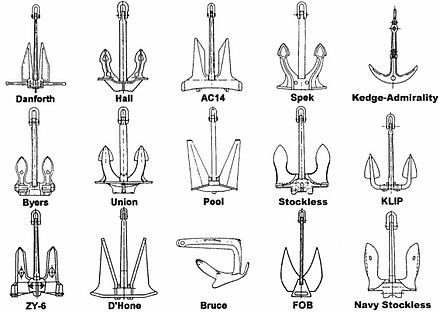
There are a number of brands and styles of anchors on the market. They all have different strengths and weaknesses, and new ones are being developed all of the time. So, how is anyone supposed to know which to carry and deploy? We take a look at some new anchors and some old favorites.
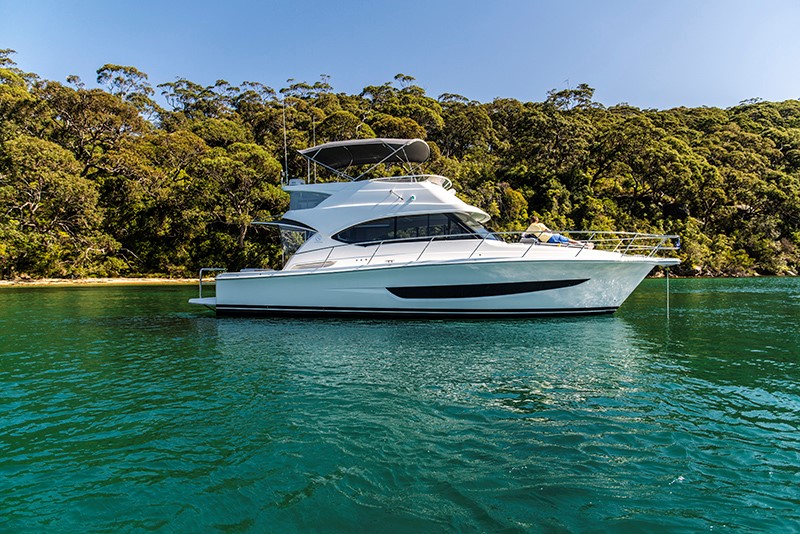
Picture the situation where an anchor is needed. Obviously, we need anchors that hold, but in what conditions? Cruisers may want anchors good on a variety of sea floor types that are very secure in extreme wind and sea conditions, while fishermen anchoring repeatedly in a location with one bottom type, sand for instance, may choose a different style.
One thing is certain: anchors that don’t set quickly, on relatively short scope, in a situation where the boat may be out of control (no engines) are not to be trusted. And it is this trust factor that an anchor will hold in adverse conditions, on a lee shore, even when the boat swings and the set is reversed that should help boaters decide which is best.
Here’s a primer on some of the major brands and or styles of anchors, and what they’re best used for. Brands that have become synonymous with type are often copied – so, beware of knock offs, they are usually not as good as the original.
ULTRA Anchor
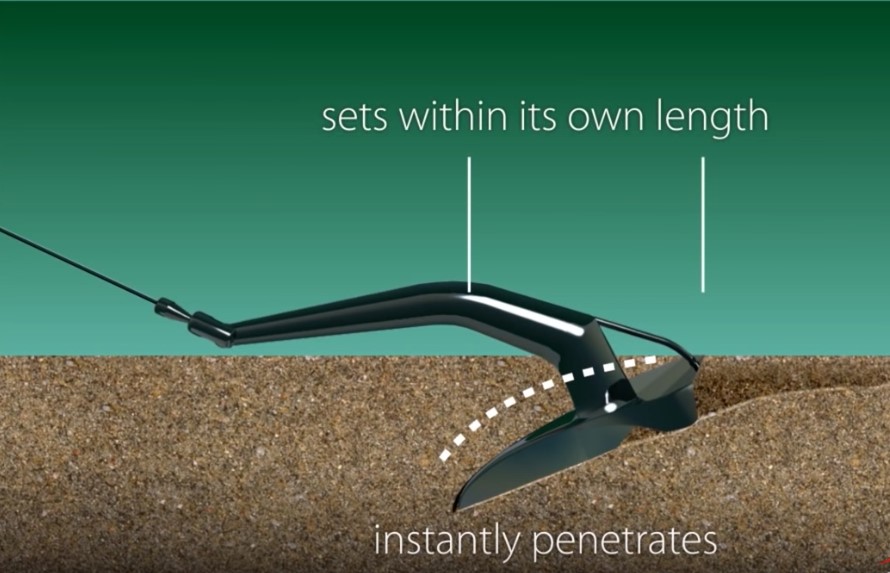
ULTRA anchors are all-purpose stainless-steel scoop anchors. They hold in a variety of bottom profiles: sand, rock and mud. The shank is hollow and the bottom is lead-filled so no-matter how they land, they right into attack position and set quickly. They fit a variety of bow roller configurations and have a swivel (not shackles) that attach them to the chain and keep the anchor aligned properly – both when being set and when hauling it aboard.
They look good, work well in both setting and retrieving-sometimes paying a bit more is the answer to peace of mind.
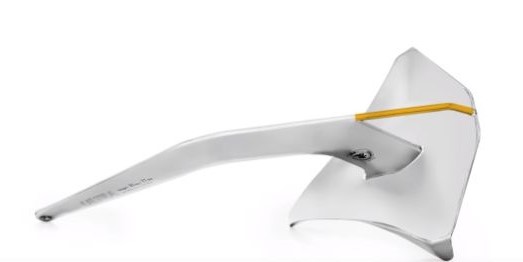
Today, the Ultra Anchor is generally considered to be the best all-around anchor on the market. Builders of premium boats who take seamanship seriously, often equip their vessels with Ultra anchors as standard equipment. Their polishes stainless steel scoop and stock make the anchor and the boat loo like a million dollars, which is often an understatement.
Bruce (Claw) Anchors

The Bruce anchor, also called the claw anchor, is essentially shaped like a clawed palm facing upwards. The relatively wide claws of the anchor give it holding power in a soft bottom, though not as much as a style like the Danforth, and it also does well on rocky bottom, but often has issues with hard clay or grass bottoms. It’s considered a good option for long-term anchoring in saltwater because it tends to stay secure through changes in the direction of pull.
For years, this anchor was the one that salty types specified, and it still has lots of loyal fans, so it has passed the test of time.
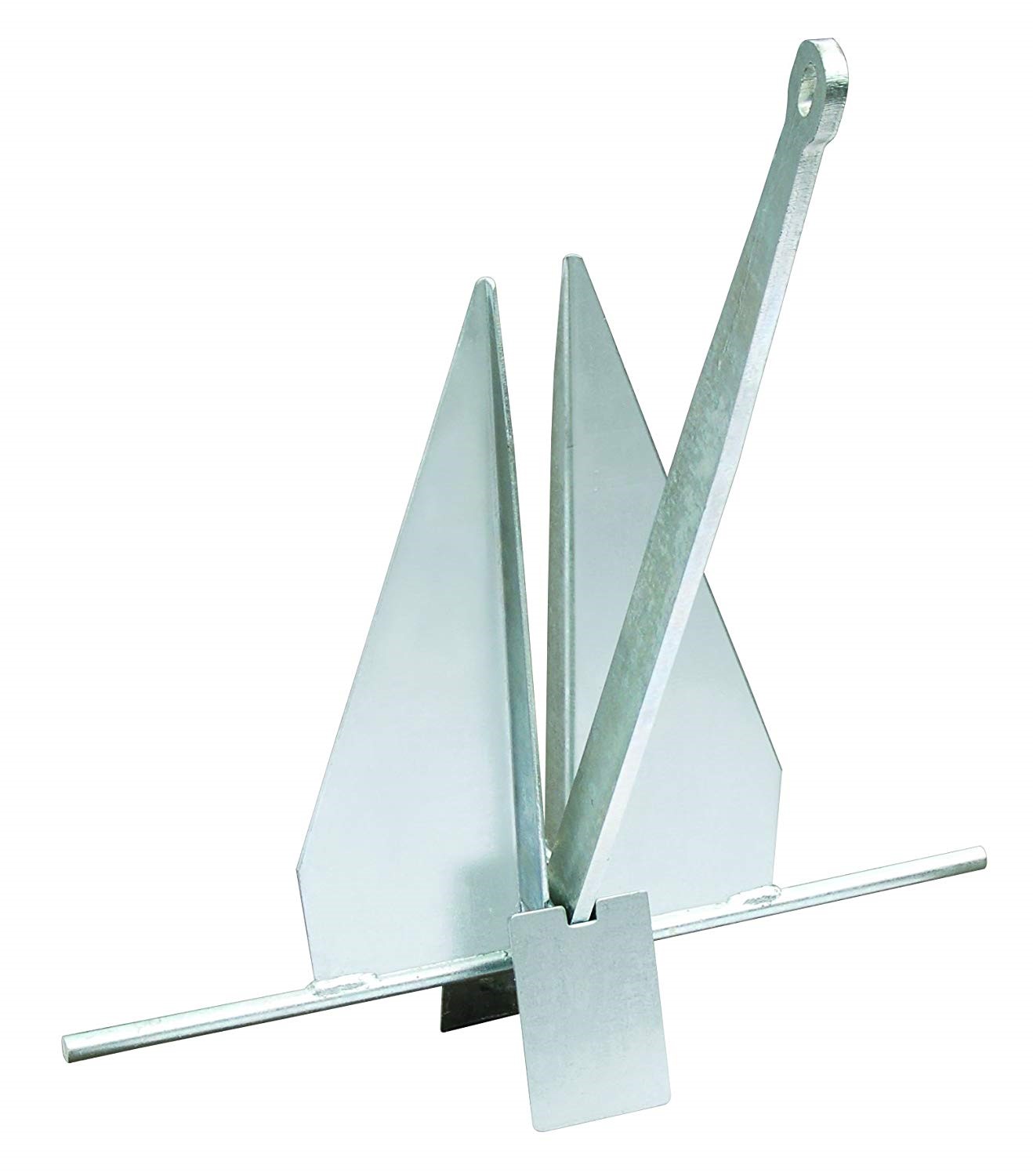
Danforth Anchors
This type of anchor has two wide flukes that pivot on a shaft, and is very effective in mud, sand, and other soft bottom materials. But, on rock and packed shell, and a on hard bottom a Danforth will tend to skip along without firmly digging in. On wrecks and reefs, they may hold if the pointed flukes grab in a lucky spot, but quite commonly, they hold a little too well – becoming stuck and potentially irretrievable.
Nevertheless, a Danforth anchor is a good, all-around anchor to have aboard because it is so light. The difference between a genuine Danforth anchor and the many less-expense copies is usually the quality of the materials and the angle of the flukes. The Danforth folks say their angle is optimum, and they have lots of test data to prove it.
We think they are fine as the primary anchor in certain locations on all kinds of boats, and always good as a back-up anchor, which all large boats should have.
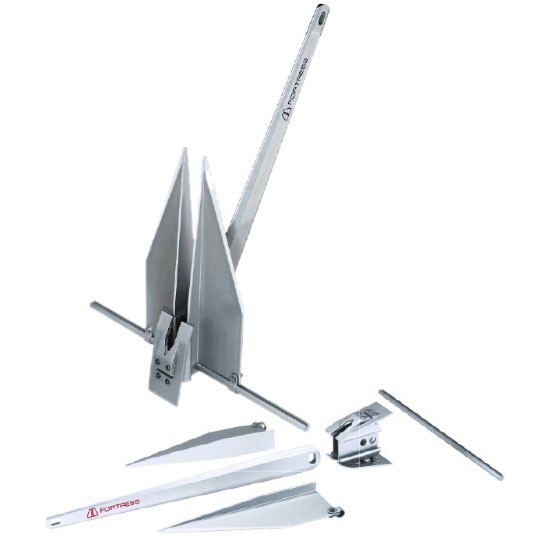
Fortress Anchors
Fortress anchors are fluke anchors made of high-tensile strength aluminum alloy so they don’t rust and are strong. They are relatively lightweight for the holding power they have because they have a lot of surface area and surface area is one key to holding power. This makes them effective over anchors that are typically twice their own weight.
They are one of the few anchors on the market that can be adjusted on the fly, and can be angled for various bottom conditions. The 32-degree angle is best suited to hard sand bottoms, whereas the 45-degree angle will hold better in very soft sand and mud.
Fortress anchors are known for their ability to be easily disassembled and stowed. Their advantage over Danforth anchors are their weight, non-corrosion qualities, ability to choose the bottom penetration angle, and the ability stow, so they make good small boat anchors and are excellent choices as a backup anchor. They are generally considered to be better than Danforth anchors, and they are certainly more versatile.
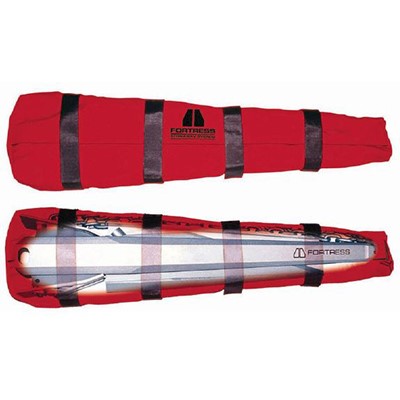
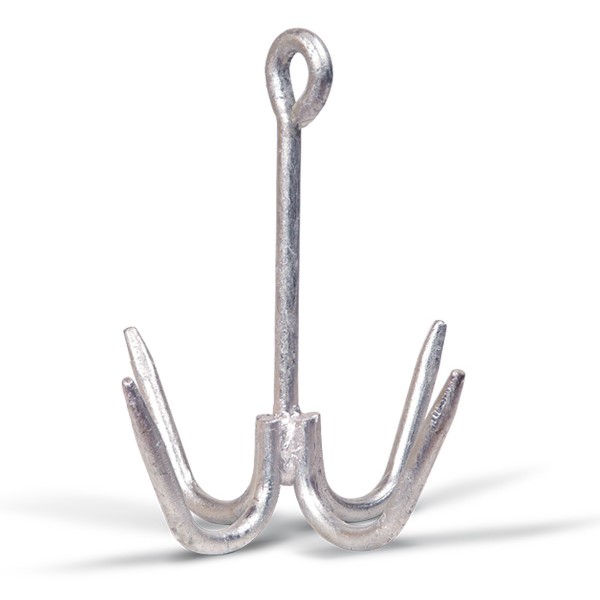
Grappling Anchors
These anchors have multiple arms poking out like a giant treble fishing hook. They have little fluke area so they’re completely ineffective on soft bottoms, but are the best way to snag on hard, jagged rocky bottom, a wreck, or a reef. (Note: they can also damage living reefs and as a result, are banned in certain areas. Check local regulations, before using a grappling anchor).
Most are designed so the arms can be bent out by applying some extra pressure, so they can be recovered after use in a snaggy situation. Many handy boaters build their own grappling anchors by welding short lengths of rebar to a pipe, then bending them into a hook shape.

Plow Anchors
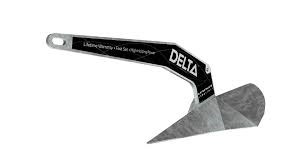
Plow anchors look just like, well, a plow. They have similar characteristics to the Danforth anchors and do best in relatively soft bottom types. They aren’t likely to hold on wreck or reef and again, if they do, they’ll often become permanent additions to the structure. There are several variations, some with pivoting heads and other features, often differentiated by brand names such as Delta.

For many boaters, in order to anchor solidly on all the different types of bottom they may encounter, carrying two anchors is in order: one for soft bottom, and one for holding tight on structure. And, of course, make sure each anchor is sized properly for the boat you intend to use it with. Fortunately, this minor detail is sometimes well-marked on the anchor itself or is on a label when you see the anchor in the store.
Mushroom Anchors
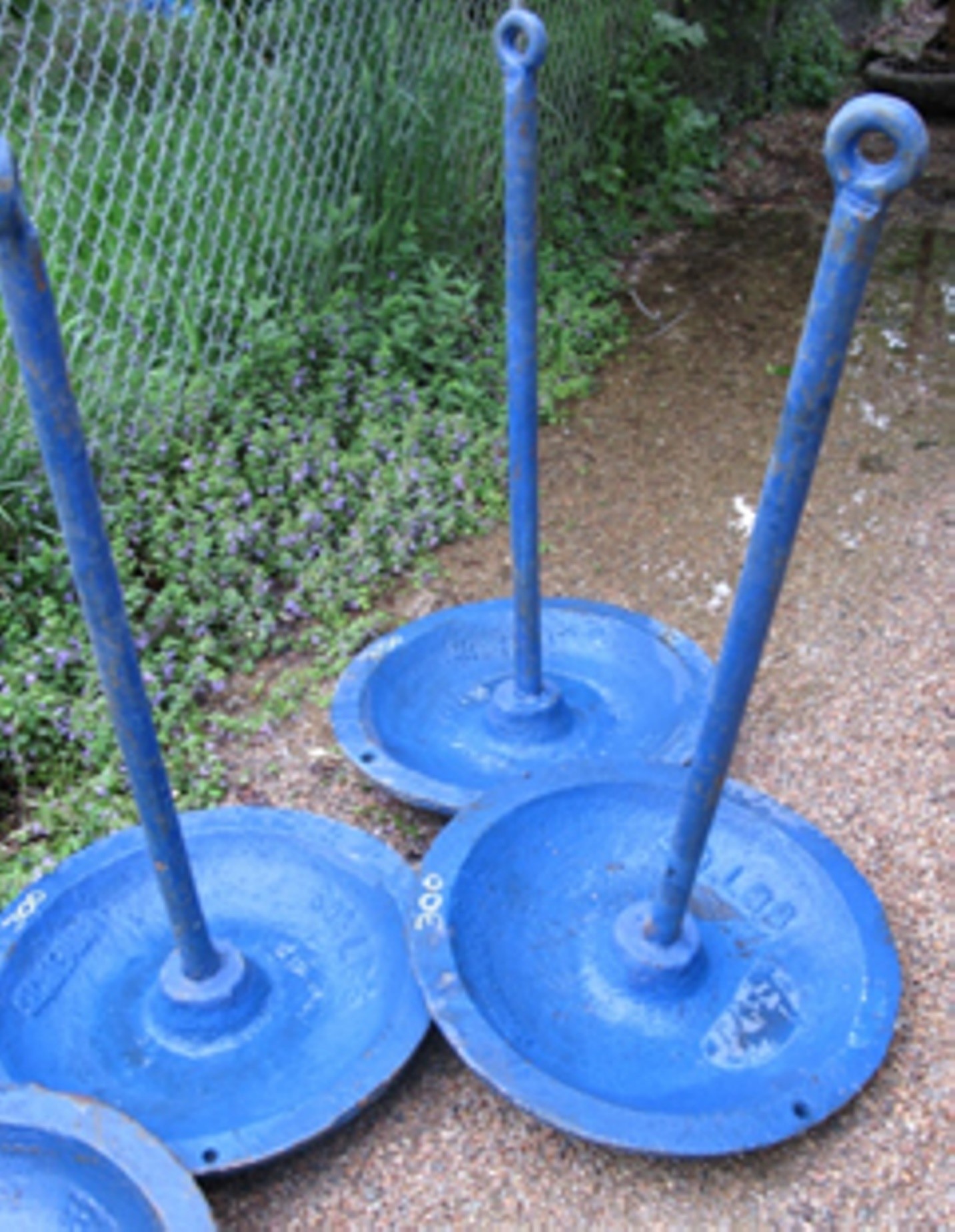
Mushroom anchors depend mostly on their own weight to hold position, so they aren’t usually of much good for boats of any real size. While a 10-pound mushroom works just fine for a Jon boat in a lake, the huge size needed for bigger boats used in open waters makes them impractical. Still, the small ones are easy to stow and the fact that they hold equally well on any bottom type makes them a favorite for pond-hoppers, canoes and other small boats.
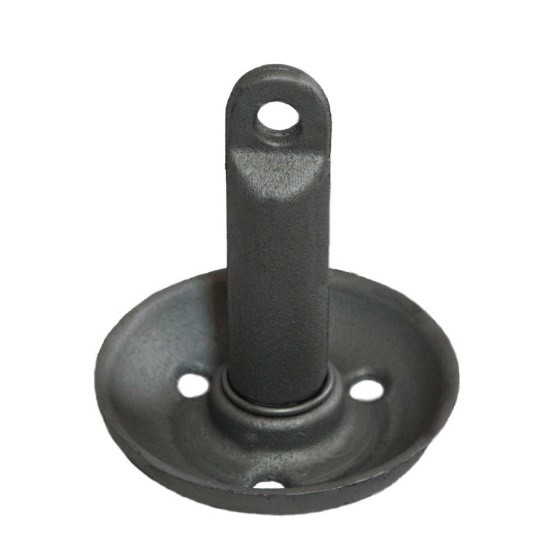
Navy Anchors
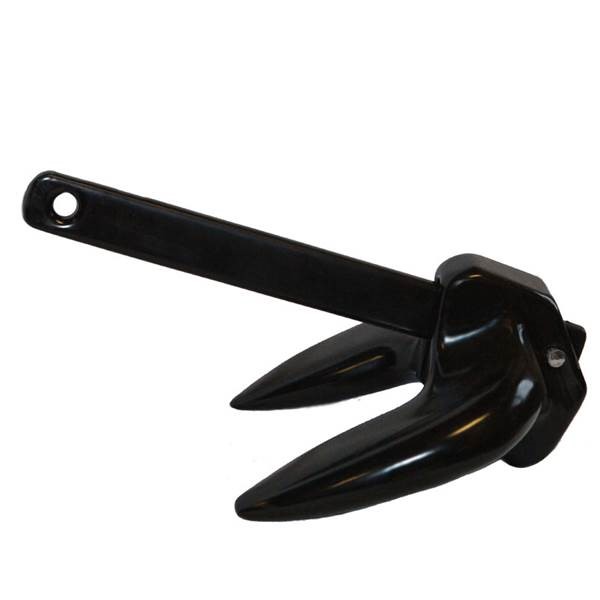
Navy anchors dig in deep and hold tight more with weight. Usually found on commercial vessels, navy anchors are typically cast-iron construction, are heavy and prone to rusting, which is why they typically have vinyl coatings when used on small boats.
Fisherman Anchors
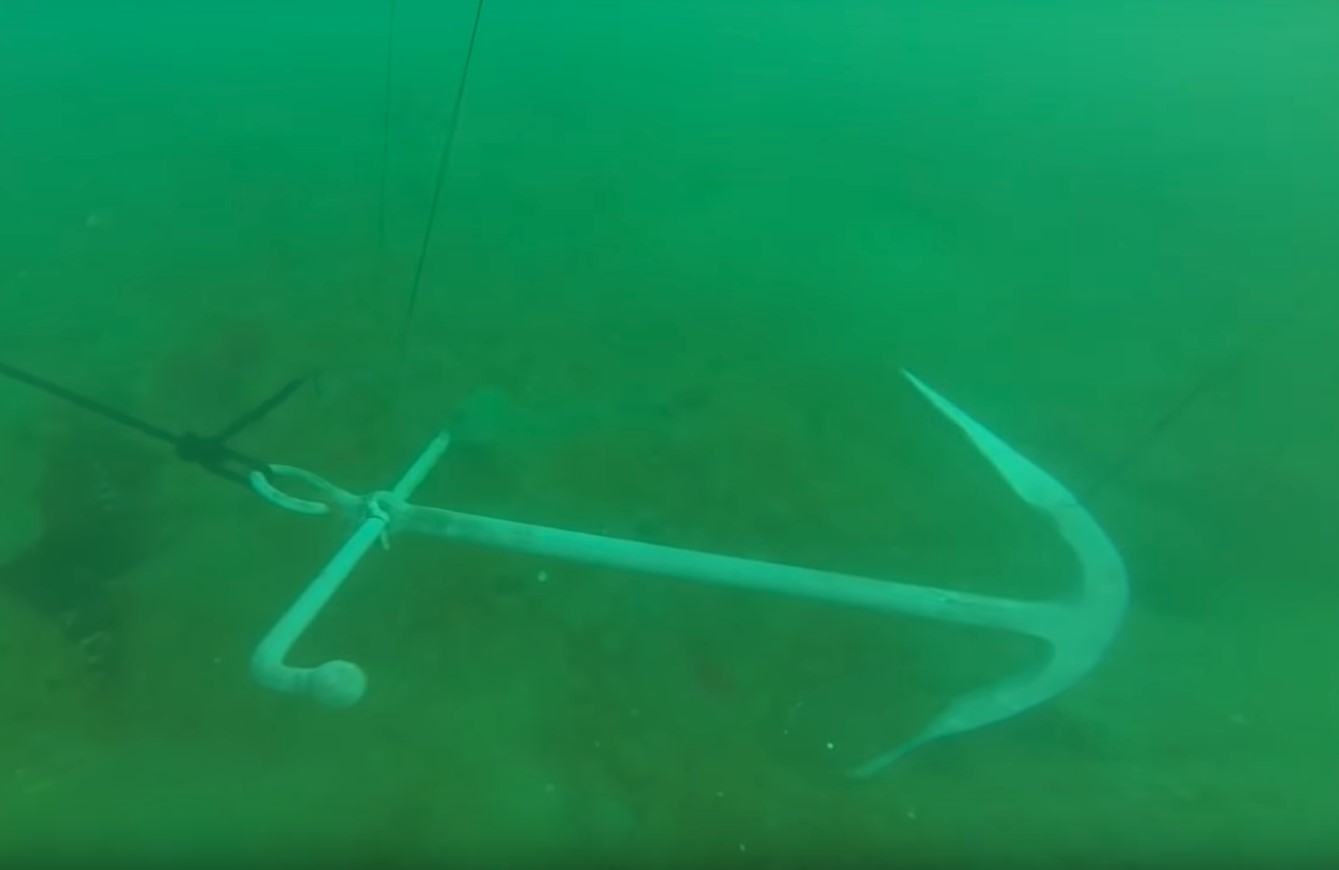
Old-time fisherman anchors have good holding qualities and set quickly, but are bulky to stow, even when folding the cross-piece that keeps the anchor fluke angled properly.
Ground Tackle
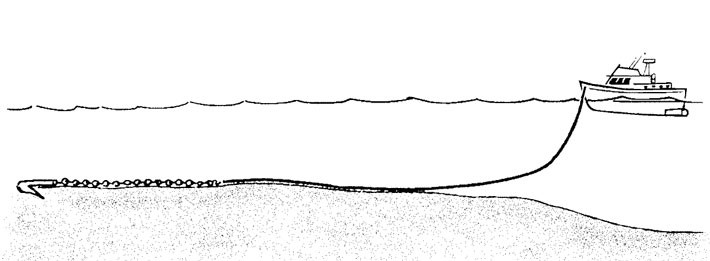
Even with the proper type and size of anchor, having the appropriate ground tackle is also a must. Rope alone rarely does the trick and having a sufficient length of chain between the rope and the anchor is imperative. Just what is that length? It depends on the size of your boat and the depth of the water you usually anchor in, but as a general rule of thumb you’ll want to use at least 10 feet of chain and ideally, the same length of chain as your boat’s LOA. The chain helps to set anchors as the chain lays along the bottom at the correct angle.
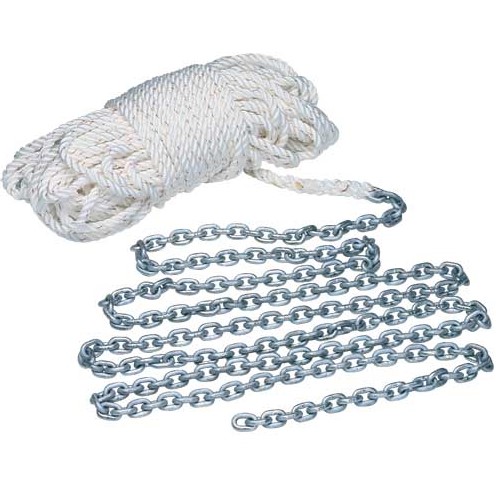
What else do we need to know to make sure the boat stays put once we drop that anchor down to the bottom? Start with how much scope (extra line) is let out after the anchor hits bottom. At a bare minimum in calm water a three-to-one ratio to the water depth is sufficient.
If the water is 20’ deep, for example, less than 60’ of line isn’t likely to be enough. If there’s any real wind, current, or waves pushing your boat this way and that, a scope of five-to-one is probably going to be necessary. And in rough conditions a seven-to-one scope is usually minimal. Whenever anchoring in extreme conditions, more scope is generally a good idea.
Finally, remember that situational awareness is just as important as anything else. Becoming focused on baiting a hook, tying a knot, or some other activity often distracts an otherwise competent captain and as a result, he or she may not notice that the anchor is dragging or has broken free for quite a while.